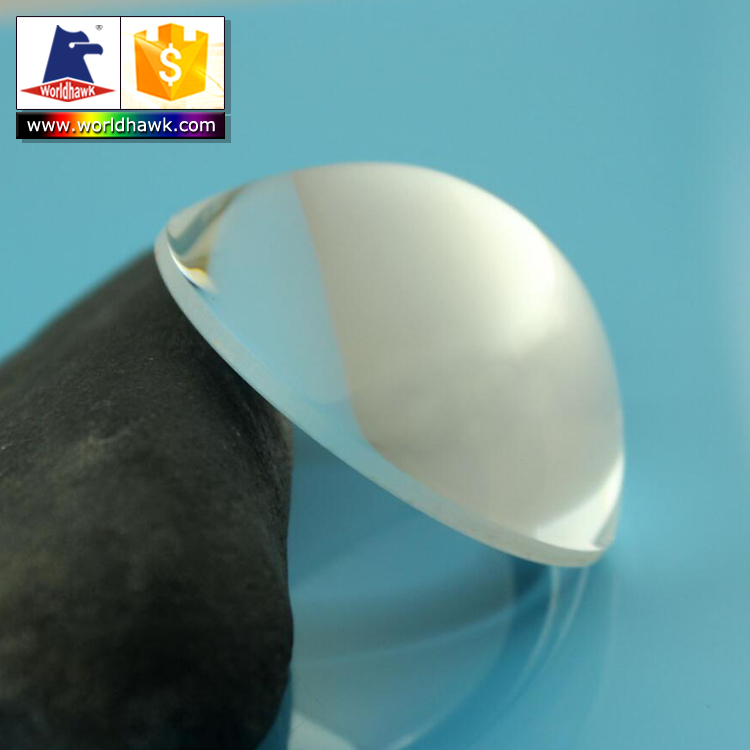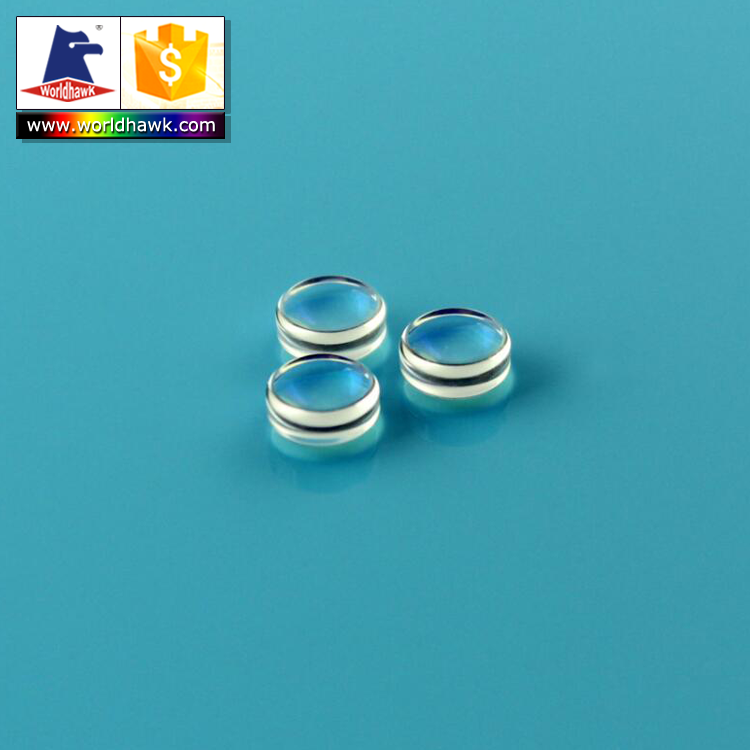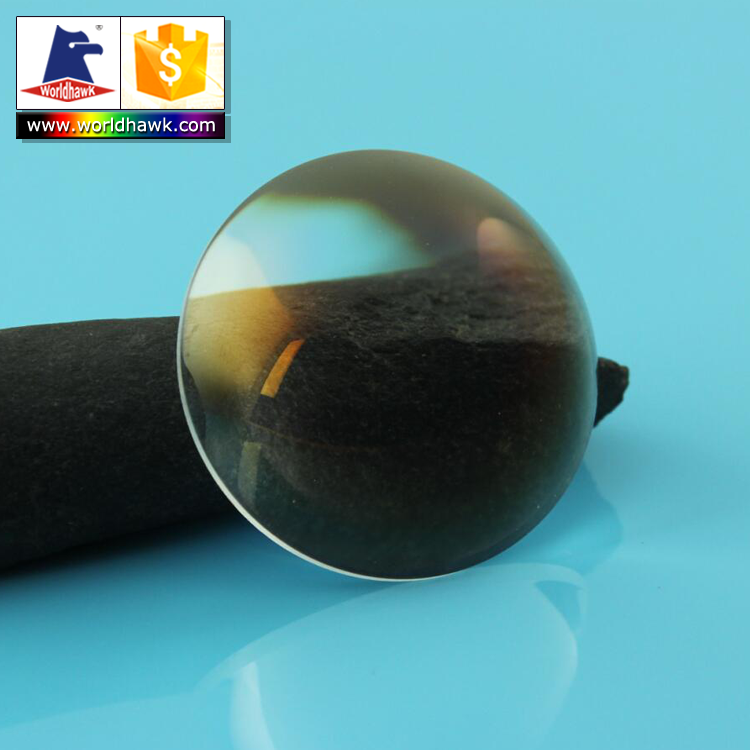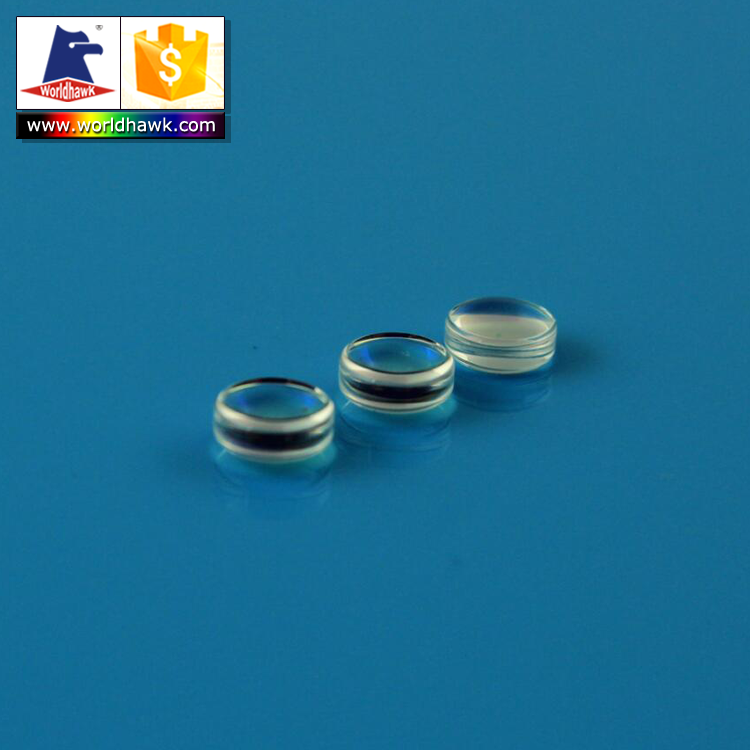1, species selection
Mainly selected from the Netherlands Violet, Huang Europe room, white princess, red Susan and other varieties, there are purple, yellow, white, red and other colors, single fruit weight 150-180 grams, flesh thick, colorful, resistant storage, goods Excellent sex.
2, cultivate seedlings
2.1 Preparation of nutritious soil: Take 6 grains of grain field, 4 parts of ripe organic fertilizer, 1kg of diammonium phosphate per 100kg of nutritive soil, 1kg of potassium nitrate, 50% of 50% carbendazim powder, and mix and sifting.
2.2 Seed treatment: first put the pepper into the water of 25-30 °C soak 8-12 hours, then soak the seeds with 10% trisodium sulfate for 20-30 minutes, remove and rinse with clean water, wrap it up with warm sand, The germination was carried out at 28-30°C, and it was washed once with warm water every day during the germination. When 20% of the seeds were exposed, they were sown. Use 2500 seeds per acre.
2.3 Season sowing Seeds sown in early July. Width 1-1.2m wide, 7m long seedlings, leveling and flouring, a layer of 0.5cm fine sand or slag ash, and then spread with good nutrient soil. On the thick, about 12cm, irrigated with water, after water infiltration, according to 5 cm 5cm distance seed germination of colored pepper, cover soil 1cm thick, and then cover a small arch shed plus shade net, surrounded by amplifying wind cooling.
2.4 seedling management after sowing, to maintain warm noodles before emergence, scientific use of shade nets, adhere to the cover during the day, exposure cover, low light and cloudy exposing; cover when heavy rain, light rain, to prevent a cover in the end, otherwise easy Weak seedlings due to lack of light. Through shading, maintain 8-30°C during the day and gather around 4 days. When the seedlings grow to 2-3 true leaves, the seedlings are divided into seedlings, which are 1-1.2m wide and 27m long. The nutritious soil is put into a 12m10cm plastic nutrient bowl, filled with noodles, soaked with water and planted in a nutritious bowl. In the middle, catch a shed and cover the net to perform shading and heat preservation to promote seedlings. After easing the seedlings, strengthen ventilation, and pour small water in drought.
3, Shizujifei, timely planting
At the time of planting, the quality of decomposed chicken manure 3000 to 4000kg or puffed chicken manure 2000kg, diammonium phosphate, potassium nitrate 30kg, or 50kg of nitrogen, phosphorus and potassium compound fertilizer plus 50% carbendazim WP 2kg, evenly spread on the ground, Deep-turn 30cm, leveling and squeezing, ridging in a north-south direction, width 1.2m, height 20cm, spray the seedbed 500 times the day before transplanting M-45, will have 12-13 true leaves in the middle of September The strong seedlings were planted with nutrients, 2 rows per ridge, 70 cm wide rows, 50 cm small rows, and 2200 plants per acre. After the planting, the ridge should be poured with enough water, and the ridge and back must be raked.
4, strengthen field management
4.1 In order to promote plant growth, in order to promote plant growth, the "Jian Pepper" should be removed. After the "Four Doors" peppers are seated, the double dry pruning method is used, and other decentralization rights are removed, and the hanging branches are timely and 2 ropes per plant.
4.2 Strengthen the management of fertilizer and water in the early stage to promote the main, drought and water. After flowering and fruit setting, it is necessary to water and topdressing fertilizer. Apply 15-20kg of compound fertilizer per acre for vegetables, and spray, topdressing, and watering once every 15 days or so. In combination with fertilization, spray foliar fertilizer every 7-10 days. Dihydrogen phosphate, urea, boron, magnesium fertilizer can be. In order to improve the fruit setting rate, you can use the fruit and fruit of Fanling.
(3) Adjusting temperature and humidity, light: as far as possible in the early stage to cool off through shading, before the end of December, mainly to adjust the temperature and strong, grass cover is based on temperature, keep 23-28 °C during the day and night at 18- 23 °C. From late December to early February, insulate mainly, during the daytime at 25-28 °C, heat as much as possible at night, covered with a layer of film on the grass, so that the minimum temperature is not lower than 12 °C, in order to promote color turning. After mid-February, the temperature rose, keeping 25-30°C during the day and 15-18°C during the night, gradually increasing ventilation. The relative humidity of the air in the shed is kept at about 65%, and the temperature is lowered by blowing air and finishing the water. The color pepper does not require strict lighting time. The early shading reduces the light intensity. During the deep winter, the light intensity and illumination time are increased as much as possible.
Why choose aspheric lens?
The aspheric condenser lens is a single lens for condensing light. The application of Aspherical Lens in the condensing system is becoming more and more common. Generally, the condensing system does not have the requirement of ideal imaging, and the aspherical condensing lens is inferior in terms of its processing accuracy. Therefore, the focus of consideration of the processing technology of this type of aspheric lens should be on simplifying the processing procedures and improving work efficiency.
Our aspheric lenses are made by grinding & polishing. So they are more precise than traditional mould pressed. And also the tooling cost for grinding & polishign would be cheap and small quantity order would be accept.
We can do:
Precision Polished Aspheric Lenses
Aspheric Condenser Lenses
Aspheric Cylindrical Lenses




Condenser Lenses,Aspheric Condenser Lenses,Optical Condenser Lenses,Optical Aspheric Condenser Lenses
ChangChun Worldhawk Optics Co.,Ltd , https://www.worldhawk-optics.com